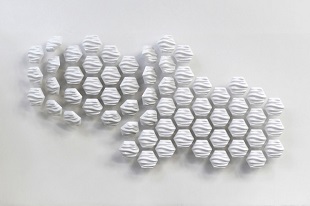 Tuesday, September 24, 2024
Tuesday, September 24, 2024  Tuesday, September 24, 2024
Tuesday, September 24, 2024 
As blogged on InterestingEngineering.com, kinematic architecture combines art and design to develop both functional designs and aesthetically pleasing installations.
Advertise YOUR business on Construction Links Network – Download the media kit
When the world of kinematics and architecture come together some interesting things are bound to happen. Brought to life in both practical and interesting ways, the world of kinematic architecture has equally produced both mesmerizing art installations and equally practical but interesting adaptive architecture techniques. For the uninitiated, in the simplest form kinematics centers around the science of motion.
Taking you back to your days as a student, kinematics is the branch of classical mechanics that describes the motion of points, objects, and systems of groups of objects, without reference to the causes of motion. In short, you could happily describe kinematics as geometry in motion.
Depending on who you ask, physics and design or art and technology come together in the world of kinematic architecture. In a world in which computational design and digital fabrication technologies are rapidly emerging, the realms of kinematic architecture are truly exciting.
Think of kinematic architecture as architecture that moves and comes to life interacting with its surrounding environment or people. In this world, you might come across an art installation or sculpture that moves, folds, and flies while mimicking and reacting to human movement. Or you might even see a building that adapts to the weather, changing its form to keep residents, dry, warm, etc.
Keep reading and watch the videos on InterestingEngineering.com